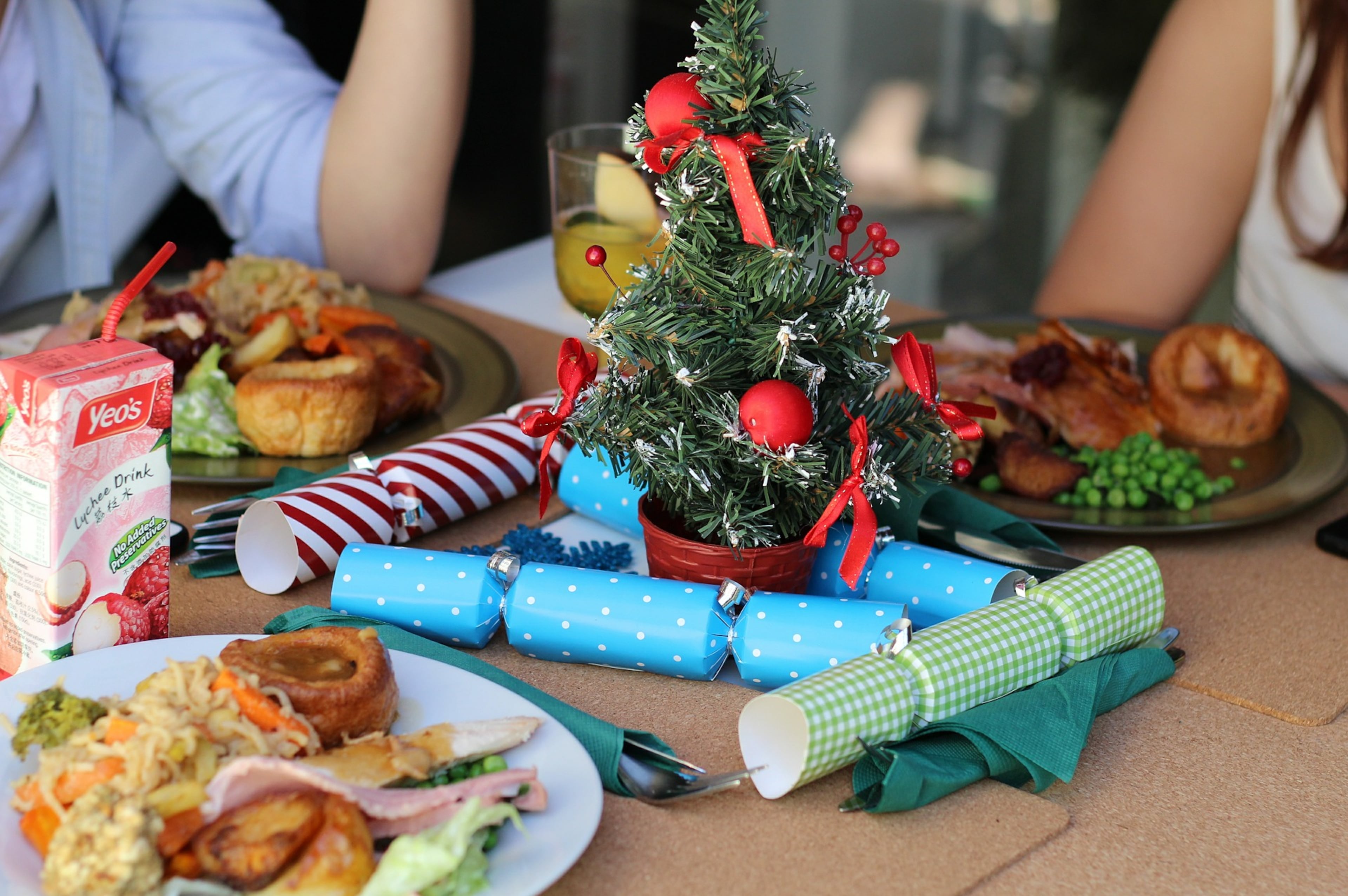Read this before letting your kid play on a splash pad
Splash pads are fun, convenient and often free ways to beat the heat. You can find them in many parks and even at a mall or two.
Splash pads are usually designed so that standing water doesn’t collect in the play area, so even kids who don’t know how to swim can cool down without needing a life jacket.
While their design makes them easily accessible to everyone, it also means they don’t always meet the local or state definition of an “aquatic venue,” according to the Atlanta-based Centers for Disease Control and Prevention. “This means they are not always regulated, nor are they always required to disinfect the water with germ-killing chemicals.”
No disinfecting can allow germs to grow in the water, which can make you and your children ill.
How splash pads work
There are basically two types of splash pads. In the first type, water is pushed just once through the splash pad’s pipes and then drains out into a sewer system or other location.
In the second type, however, water is recirculated, which means it drains into an underground tank and is then pushed out again through the pipes for everyone to play in. The water typically goes through a filter and is disinfected before being sprayed again.
As the water drains, it takes with it any dirt, feces or urine that might have been on a kid’s body, clothing or shoes, or on the splash pad surface itself. If the water isn’t disinfected properly — or at all — germs from those contaminants are sprayed on the fun-loving masses.
How to protect your kids
According to the CDC, swim diapers can’t prevent germs from getting in the water. To prevent the spread of germs, the agency recommends users and parents of young users:
- Stay out of the water if experiencing diarrhea
- Shower before getting in the water
- Take kids on bathroom breaks and check diapers every hour
- Don’t swallow the water
- Don’t let your child use the bathroom while playing in the splash pad
- Avoid sitting or standing directly on the jets. Doing so can rinse off any feces or urine you might have missed in the bathroom.
Incidents linked to splash pads
In 2021, a 3-year-old died after being infected with a rare brain-eating amoeba he got after playing in a splash pad. Texas public health officials found the splash pad’s water was recirculated and not adequately disinfected.
Inspections discovered at least one other splash pad that didn’t disinfect its water well enough to prevent germs.
And in 2005, the CDC reported, more than 2,300 people were infected with the germ cryptosporidium after using a splash pad. This prompted New York to pass emergency public health laws to regulate splash pads, including ultraviolet light systems to kill cryptosporidium, which can live more than a week in water.


